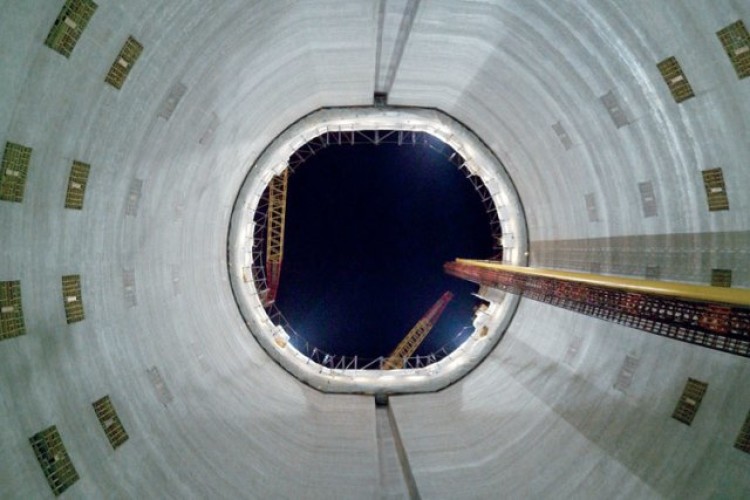Every two years Vinci hands out innovation awards to the best initiatives developed by its various operating divisions around the world. This year’s grand prize has gone to the company’s Lee Tunnel team for its unreinforced lining for very deep shafts, preventing cracking and economising on steel.
The project saw off competition from more than 2,000 projects from 35 countries.
The Lee Tunnel is the first of two tunnels that will together capture 39 million tonnes of sewage a year from the 35 most polluting combined sewer overflows (CSOs), as part of a Victorian sewerage network that still serves London 150 years on. Thames Water awarded the construction contract for the tunnel to MVB, a consortium of Morgan Sindall, Vinci Construction and Bachy Soletanche in January 2010.

Construction of the Lee Tunnel in London involves building five shafts 70-80m deep with a diameter of 20-38m. The conventional method for building this type of structure had to be rethought after Eurocode 2 standards came into force, calling for an almost four-fold increase in the quantity of reinforcing steel required for the interior lining to prevent cracking, thus generating significant additional costs.
The MVB consortium and two design offices sought a different method for managing the forces exerted by effluent on the internal structure with a view to reducing or even eliminating the need for metal reinforcing. The solution found consists of building an independent ‘interior cylinder’, similar to a chimney, inside the diaphragm wall using slipform shuttering and pouring a self-placing concrete mix into the empty circular space or ring between it and the diaphragm wall.
The counter-pressure exerted by the concreted ring on the interior cylinder partly contains the pressure exerted by the effluent inside the cylinder; above a certain threshold, the force is directly transmitted to the ground. Since traction forces do not exceed the threshold above which reinforcing is required (except for areas close to tunnel junctions), the causes of cracking are eliminated and the structure complies with Eurocode 2 standards governing non-reinforced concrete structures.
Got a story? Email news@theconstructionindex.co.uk



